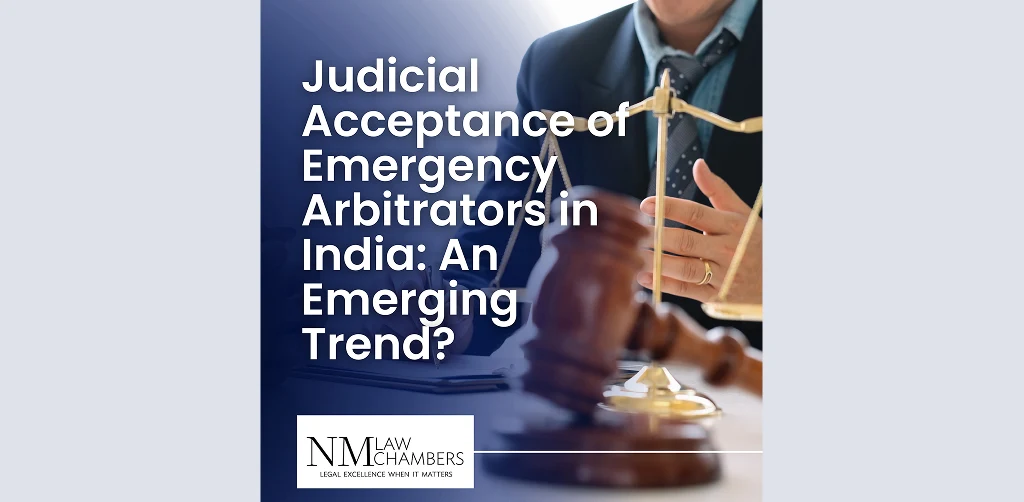– Nitya Prabhakar, Associate The digital age has transformed communication, enabling instant connectivity and the widespread sharing of information. However, this evolution has also amplified malicious online behaviours, particularly digital defamation and cyber harassment. These phenomena pose significant legal and social challenges, often leaving victims struggling for redress in a rapidly evolving digital landscape. For instance, the cyberbullying of actress Rhea Chakraborty, following the death of Sushant Singh Rajput, highlighted how online platforms can turn into breeding grounds for defamatory and harassing behaviour. Social media trials and baseless accusations against her exemplified how unchecked digital abuse can devastate reputations and mental health, sparking debates about stricter cyberbullying laws. Similarly, the recent incidents such as targeted trolling of journalist Rana Ayyub for her opinions, a 16-year-old queer makeup artist facing severe homophobic bullying on Instagram after a viral post, and rising misuse of AI tools for harassment, emphasize the need for robust protections to ensure dignity and safety in the digital space. With the recent overhaul of India’s criminal laws under the Bharatiya Nyaya Sanhita, 2023 (BNS), there is a need to explore how the legal framework addresses these challenges and how it can be further strengthened to ensure accountability in cyberspace. What Constitutes Digital Defamation and Cyber Harassment? Digital defamation refers to the act of publishing false and damaging statements about an individual or entity online. While defamation in its traditional sense is well-defined under Indian law, its digital counterpart takes unique forms, such as defamatory posts on social media, blogs, or emails. Under the Bharatiya Nyaya Sanhita, 2023, such offences are codified under Section 354, replacing the earlier Section 499 of the Indian Penal Code. The instantaneous and farreaching impact of digital defamation makes it a potent tool for reputational harm. Cyber harassment encompasses a spectrum of online behaviours designed to intimidate, humiliate, or harm individuals. These include cyberstalking, trolling, doxxing (publishing private information without consent), and the sharing of morphed or non-consensual images. Provisions under the BNS, such as Section 354F (cyberstalking) and Section 354H (insult to modesty), alongside sections of the Information Technology Act, 2000, provide legal recourse for victims of such harassment. The Legal Framework India has established a robust legal framework to address cybercrimes, primarily through the Information Technology Act, 2000 (IT Act) and subsequent amendments. Under the IT Act, provisions such as Section 66C deals with identity theft which directly address specific online offenses and Section 66E criminalizes the publication of private images without consent, while Section 67 and 67A penalize the transmission of obscene or sexually explicit material. The IT (Intermediary Guidelines and Digital Media Ethics Code) Rules, 2021, mandate social media platforms to establish grievance redress mechanisms, ensuring swift action against harmful content. Complementing these are legal provisions from the Bharatiya Nyaya Sanhita, 2023 (BNS). Importantly, cybercrimes have now been classified as an “organized crime” under Section 111 of the BNS. Additionally, Section 77, 78 and 79 of the BNS deals with cases assault against women i.e., voyeurism, stalking, and any word, gesture or act intended to insult modesty of a woman respectively. Furthermore, Section 351 deals with criminal intimidation, Section 352 pertains to intentional insult with intent to provoke breach of peace and Section 356 has expanded the scope of defamation to counteract emerging challenges. Moreover, the Protection of Children from Sexual Offenses Act, 2012 (POCSO) extends safeguards to minors against sexual abuse and exploitation online. Collectively, these laws aim to balance the right to free speech with the need for accountability and protection in the digital domain. Interestingly, the Supreme Court through its landmark judgment Shreya Singhal v. Union of India (2015) 5 SCC 1, struck down Section 66A of the IT Act which was deemed unconstitutional for curbing free speech. Yet, this judgment inadvertently created a vacuum in addressing online abuse, as Section 66A had provisions to tackle offensive or menacing messages online. This gap has left victims of cyber harassment, especially those targeted by coordinated online campaigns, with limited legal recourse. Key Challenges in Addressing Digital Defamation and Cyber Harassment One of the primary challenges in addressing digital offenses is jurisdictional ambiguity. The internet transcends geographical boundaries, and cases often involve perpetrators or servers located outside India. Determining the jurisdiction for legal proceedings and enforcing remedies in such scenarios can be complex and time-consuming. Another significant hurdle is the anonymity of offenders. Cybercriminals often exploit tools and techniques to mask their identities, making it difficult for law enforcement to trace them. Although investigative agencies possess advanced technologies to identify offenders, delays in cooperation from social media platforms and intermediaries often impede swift resolution. The challenge of balancing free speech with accountability also persists. India’s constitutional right to free speech under Article 19(1)(a) must be weighed against the need to protect individuals from defamation and harassment. Overregulation risks stifling legitimate expression, while under regulation may fail to safeguard victims. Additionally, India’s overburdened judiciary struggles to handle the increasing volume of cybercrime cases. Limited infrastructure and technical expertise within the judiciary lead to delayed adjudication, leaving victims vulnerable and offenders unpunished. Compounding these issues is the lack of public awareness, as many victims remain unaware of their legal rights or hesitate to report incidents due to stigma or fear of reprisal. Thus, the global and evolving nature of cybercrimes complicates prosecution and the victims often encounter frustration due to these impediments. Strengthening the Response to Digital Defamation and Cyber Harassment To combat digital defamation and cyber harassment effectively, there is a pressing need to enhance legislative provisions. The IT Act should be updated to explicitly address emerging forms of cyber harassment, such as doxxing and deepfake technologies. Additionally, a dedicated statute for digital defamation can provide a unified framework for addressing these issues, incorporating both civil and criminal remedies for victims. The social media platforms and online intermediaries must be held accountable and they should mandatorily deploy advanced AI tools to monitor harmful content which is circulated online. A robust mechanism for swift removal of defamatory or harassing material










